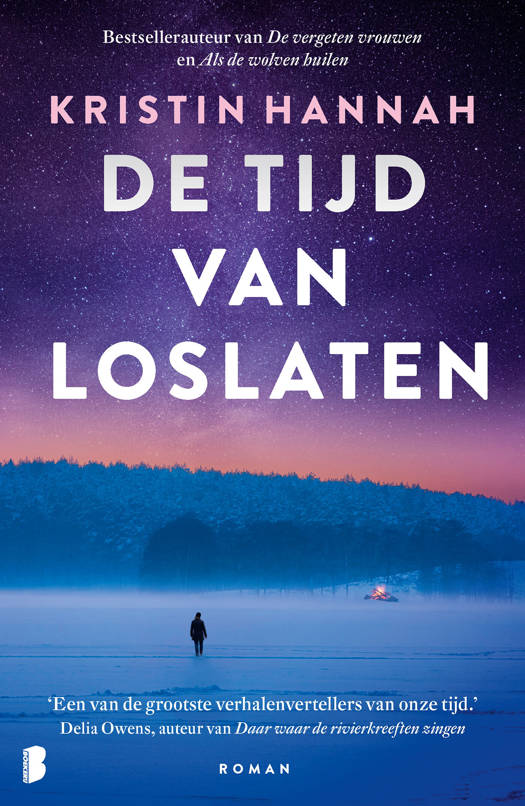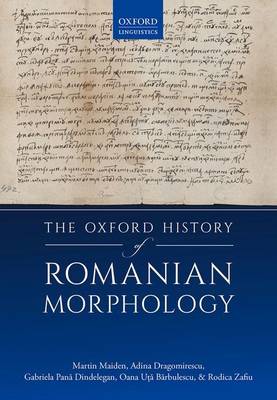
- Afhalen na 1 uur in een winkel met voorraad
- Gratis thuislevering in België vanaf € 30
- Ruim aanbod met 7 miljoen producten
- Afhalen na 1 uur in een winkel met voorraad
- Gratis thuislevering in België vanaf € 30
- Ruim aanbod met 7 miljoen producten
The Oxford History of Romanian Morphology
Martin Maiden, Adina Dragomirescu, Gabriela Pană Dindelegan, Oana U Tă, Rodica Zafiu
Hardcover | Engels
€ 265,95
+ 531 punten
Omschrijving
This book offers the first comprehensive account of the development of the Romanian morphological system. Romanian is one of the most morphologically complex Romance languages, but has remained relatively understudied compared with better-known languages such as French and Spanish. Following an introduction that provides an outline of the history of Romanian, its writing system and major typological characteristics, and the major patterns of allomorphy, chapters in this volume explore a range of fascinatingly complex aspects of Romanian grammar whose structure and history have to date been largely inaccessible to the English-speaking world. Among the most distinctive morphological characteristics of Romanian discussed by the authors are its inflexional case system; the highly unpredictable formation of the plural; the existence of a non-finite verb form that appears to be the continuation of the Latin supine; the near-absence of distinctive subjunctive morphology; and the complex patterns of allomorphy brought about by successive sound change. The frequently controversial origins of many of these developments have important implications for broader historical Romance linguistics and indeed for morphological theory more generally.
Specificaties
Betrokkenen
- Auteur(s):
- Uitgeverij:
Inhoud
- Aantal bladzijden:
- 544
- Taal:
- Engels
Eigenschappen
- Productcode (EAN):
- 9780198829485
- Verschijningsdatum:
- 23/05/2021
- Uitvoering:
- Hardcover
- Formaat:
- Genaaid
- Afmetingen:
- 180 mm x 249 mm
- Gewicht:
- 1133 g

Alleen bij Standaard Boekhandel
+ 531 punten op je klantenkaart van Standaard Boekhandel
Beoordelingen
We publiceren alleen reviews die voldoen aan de voorwaarden voor reviews. Bekijk onze voorwaarden voor reviews.










